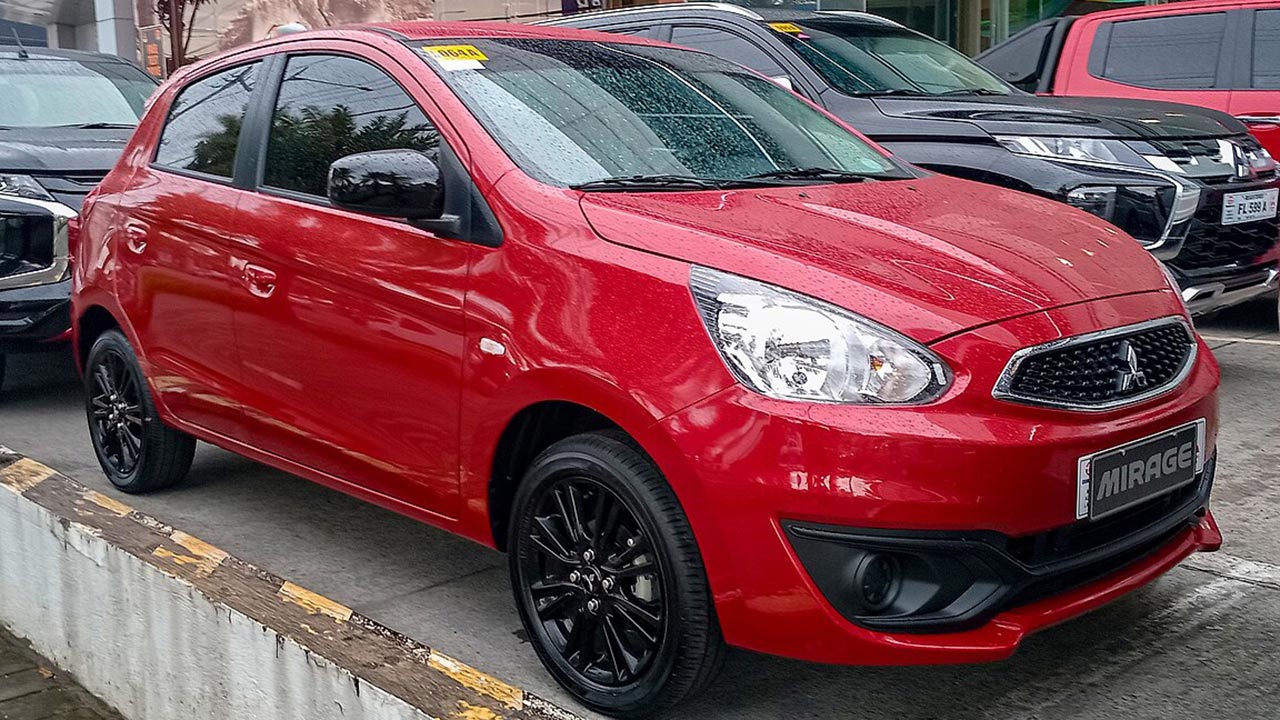
In the rapidly evolving landscape of the automotive industry, some gas-powered cars are quietly disappearing from showrooms. The shift towards electric vehicles (EVs) and stricter emission regulations are major factors leading to the decline of these traditional models. Let’s explore the fading presence of these 12 gas cars.
1) Chevrolet Volt

The Chevrolet Volt was once a pioneer in the plug-in hybrid market, offering a bridge between traditional gasoline engines and electric power. Despite its innovative design, the Volt has been overshadowed by the rise of fully electric vehicles. General Motors decided to phase out the Volt, reflecting a broader industry trend towards pure electric options. Its legacy, however, continues to influence the design and engineering of new hybrid and electric vehicles.
2) Ford Fiesta
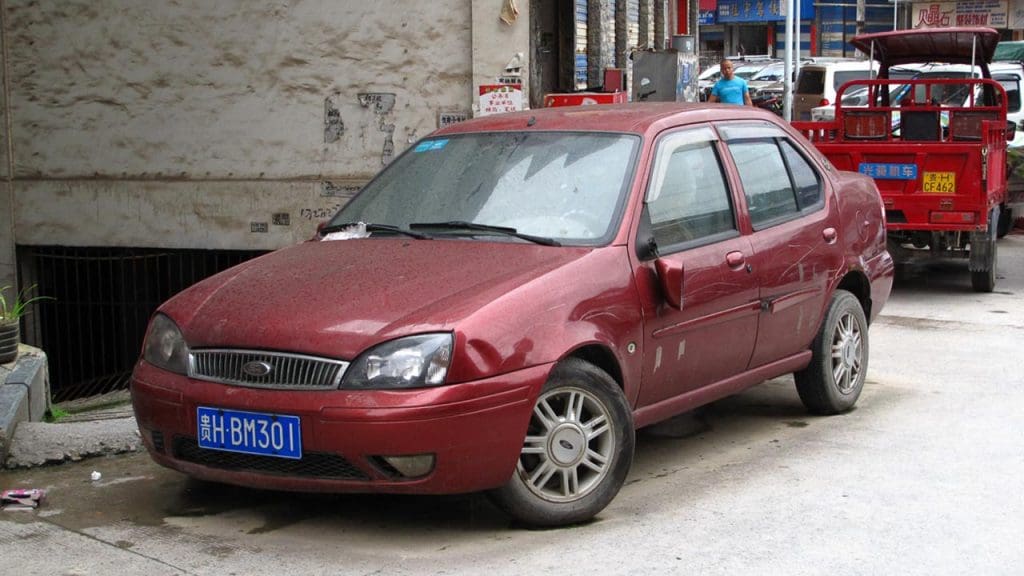
The Ford Fiesta, known for its compact size and fuel efficiency, has long been a favorite for urban drivers. However, the growing preference for SUVs and crossovers has diminished its appeal. Ford’s strategic pivot towards larger vehicles and EVs means the Fiesta is quietly being phased out in several markets. This shift in consumer demand highlights the changing priorities in the automotive sector, where space and technology are increasingly favored over compact efficiency.
3) Toyota Yaris
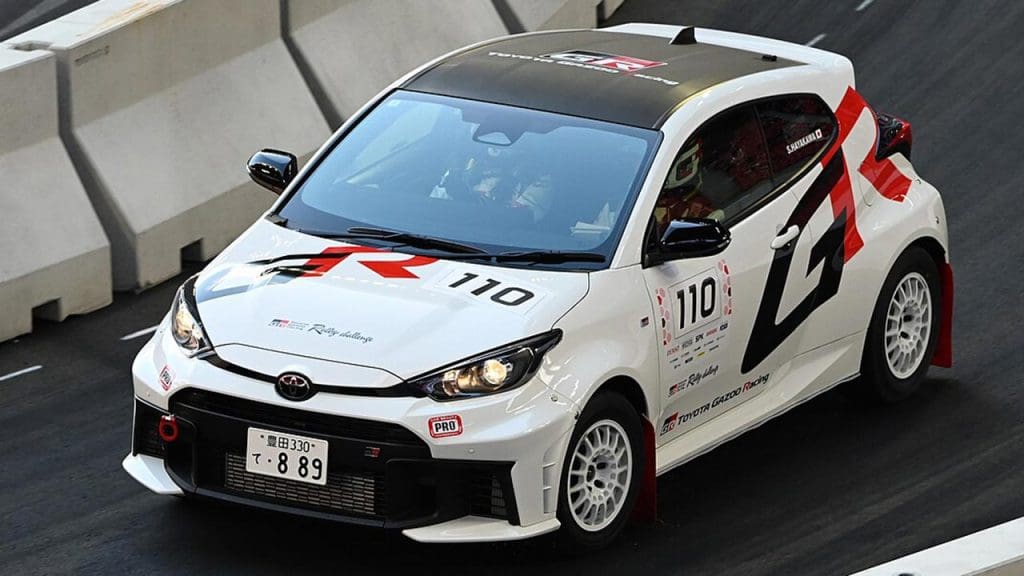
The Toyota Yaris has been a reliable choice for those seeking a budget-friendly, fuel-efficient vehicle. Despite its practicality, the Yaris has struggled to compete with more modern and versatile alternatives. Toyota’s focus on more popular models and its expanding hybrid lineup have contributed to the Yaris’s decline. This decision underscores the importance of adapting to consumer preferences and technological advancements in the automotive industry.
4) Honda Fit
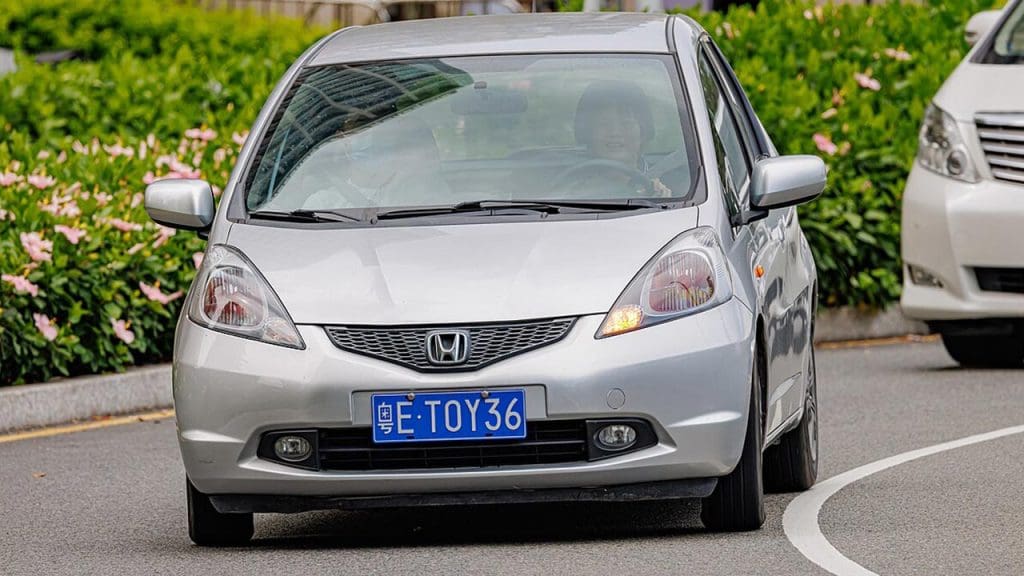
With its innovative interior design and compact size, the Honda Fit has been a popular choice among city dwellers. However, the rise of SUVs and the push towards electrification have led to its decline. Honda’s decision to discontinue the Fit in several markets reflects the broader industry trend of prioritizing larger and more versatile vehicles. The Fit’s departure marks the end of an era for compact car enthusiasts, but its influence remains in Honda’s future vehicle designs.
5) Volkswagen Beetle
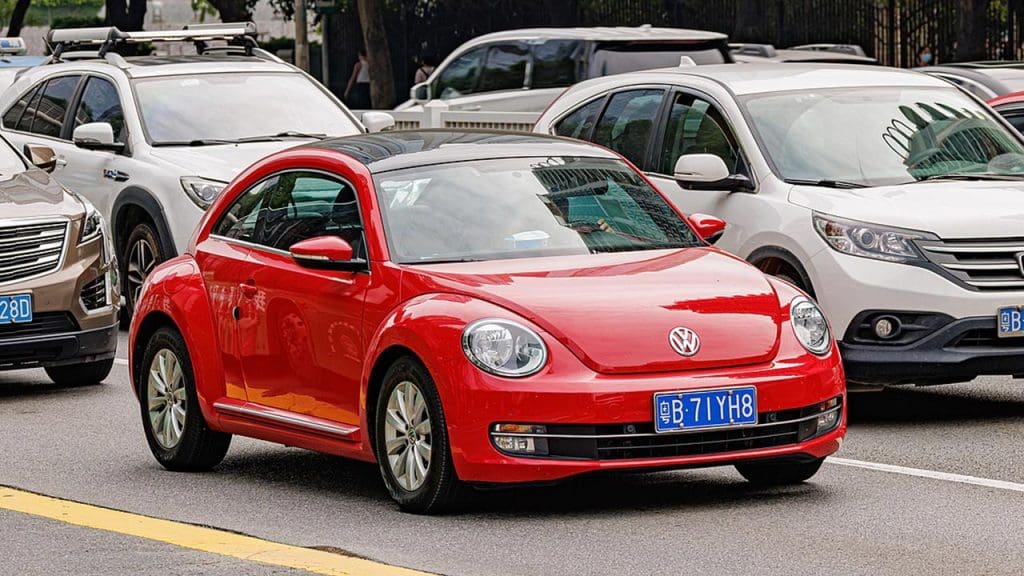
The iconic Volkswagen Beetle, with its distinctive shape and storied history, has captured the hearts of many. However, evolving consumer preferences and the push towards electric mobility have led to its discontinuation. Volkswagen’s shift towards electric vehicles, including the ID. series, marks a new chapter for the brand. The Beetle’s legacy as a cultural icon endures, even as the automotive landscape continues to change.
6) Nissan Versa
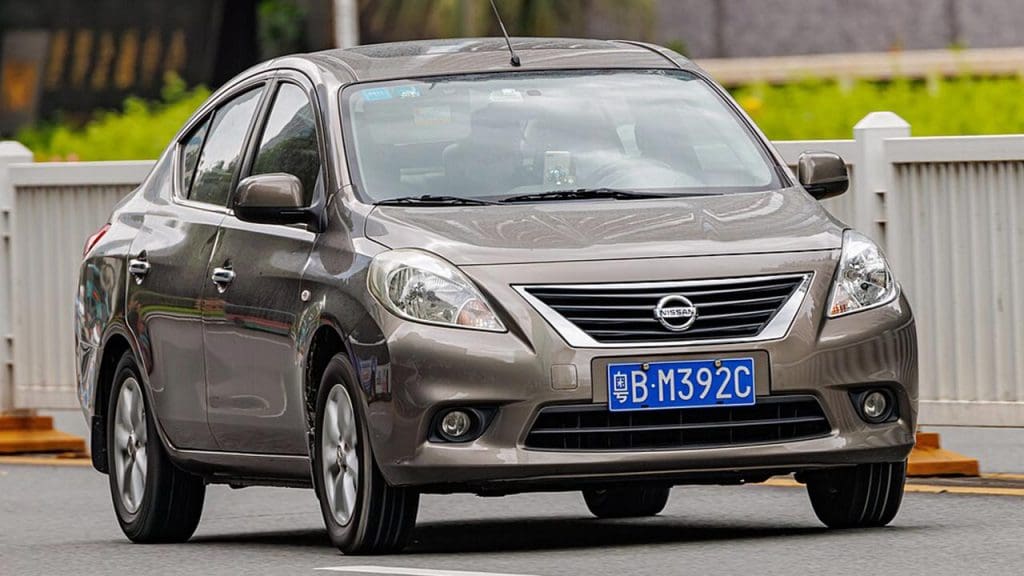
The Nissan Versa has been a staple in the compact car segment, known for its affordability and practicality. However, the growing popularity of SUVs and crossovers has made it less appealing to consumers. Nissan’s strategic focus on electric and larger vehicles has contributed to the Versa’s decline. This transition highlights the importance of adapting to changing market trends and consumer demands in the automotive industry.
7) Mitsubishi Mirage
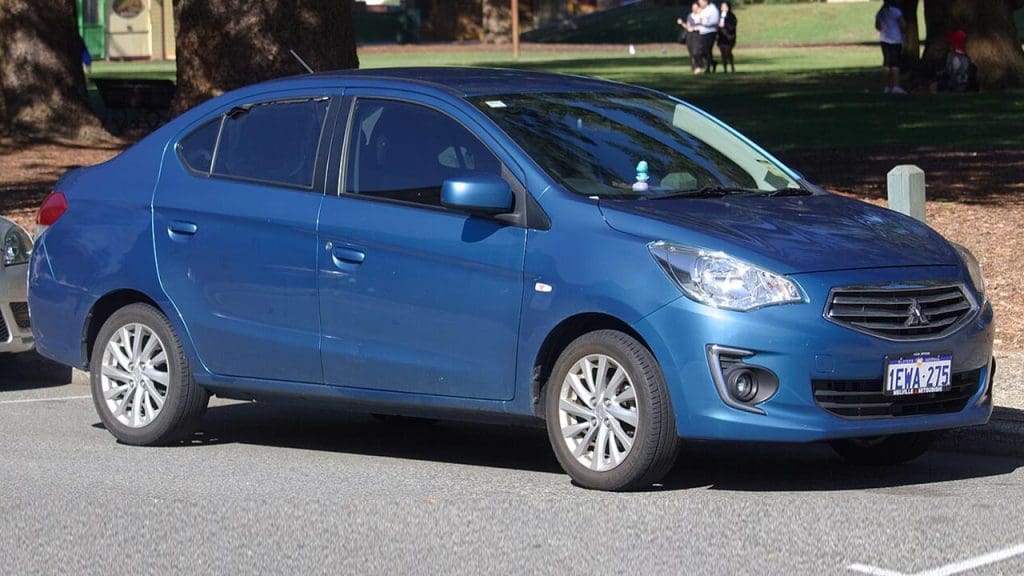
The Mitsubishi Mirage, recognized for its budget-friendly appeal, is facing challenges in a market leaning towards technological advancements and electrification. As consumers demand more from their vehicles, the Mirage’s simplistic approach has become less attractive. Mitsubishi’s focus on expanding its SUV lineup and exploring electric options indicates a shift away from traditional compact models like the Mirage.
8) Kia Rio
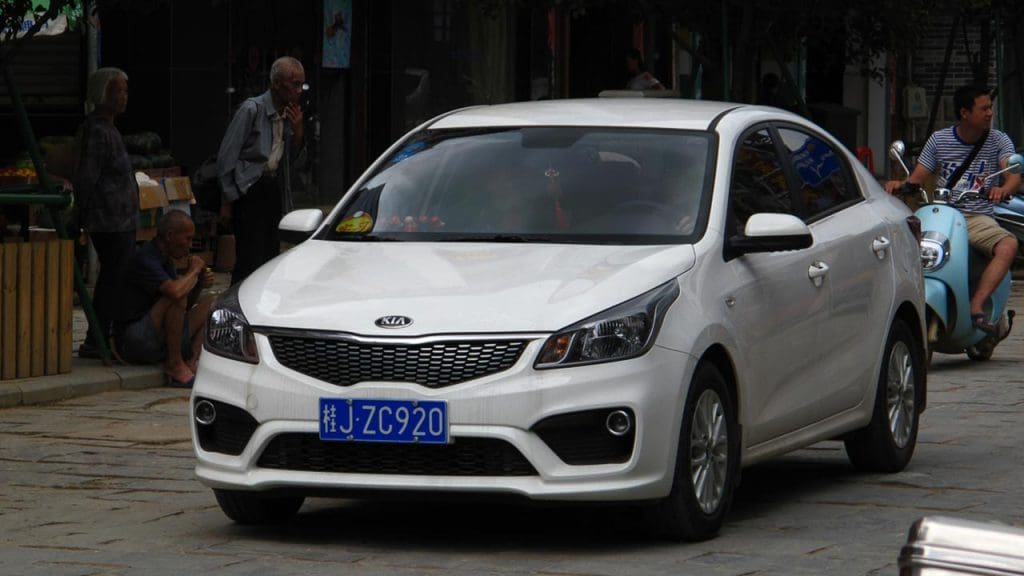
The Kia Rio has been a reliable subcompact option for budget-conscious drivers. However, the increasing demand for larger vehicles and technological features has overshadowed its appeal. Kia’s strategic direction towards SUVs and electric vehicles reflects the changing dynamics of the automotive market. The Rio’s gradual decline illustrates the industry’s shift away from traditional compact vehicles.
9) Mazda CX-3
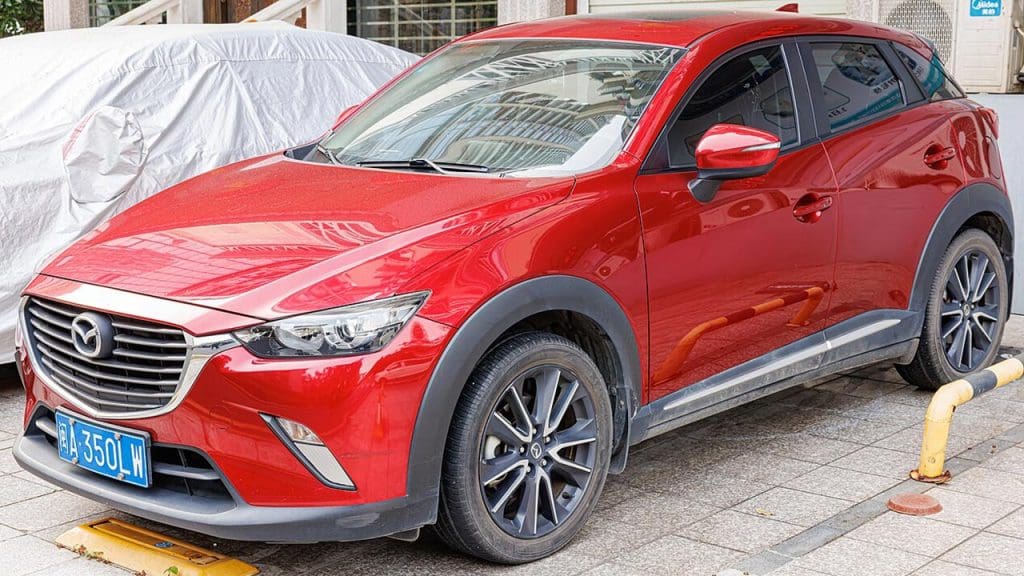
The Mazda CX-3, a stylish and compact crossover, has struggled to compete in an increasingly crowded market. As consumers gravitate towards larger SUVs with advanced features, the CX-3 finds itself on the periphery. Mazda’s focus on its newer models and electric vehicle initiatives signals a move away from the CX-3. This transition highlights the importance of staying competitive in a rapidly evolving automotive landscape.
10) Buick Regal
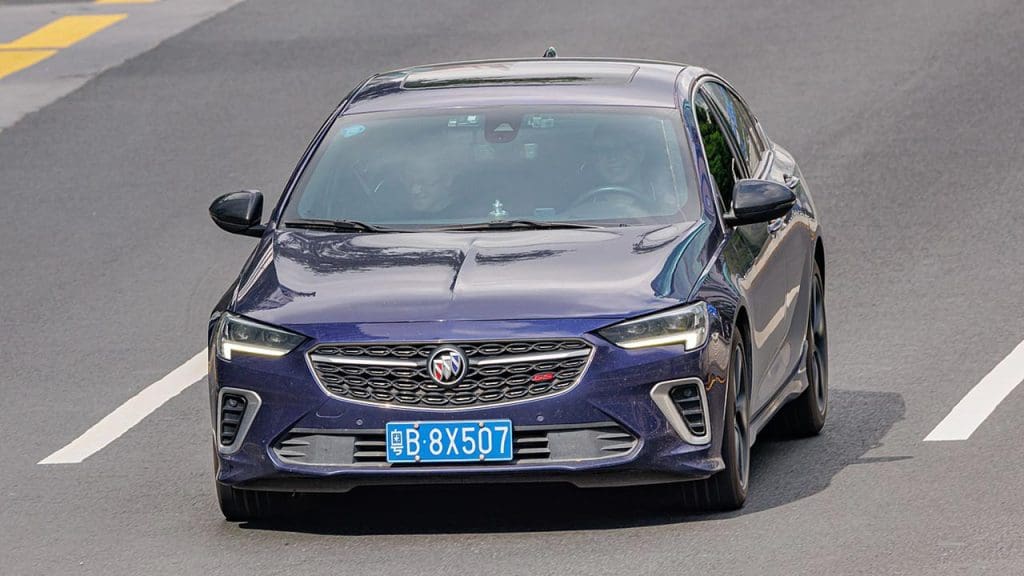
The Buick Regal, known for its smooth ride and upscale features, has seen its popularity wane in recent years. As Buick shifts its focus to SUVs and electric options, the Regal is quietly fading from the spotlight. This decision reflects a broader industry trend, where consumer preferences for larger and more versatile vehicles are reshaping the market. The Regal’s departure marks a shift in Buick’s product strategy.
11) Chrysler 300
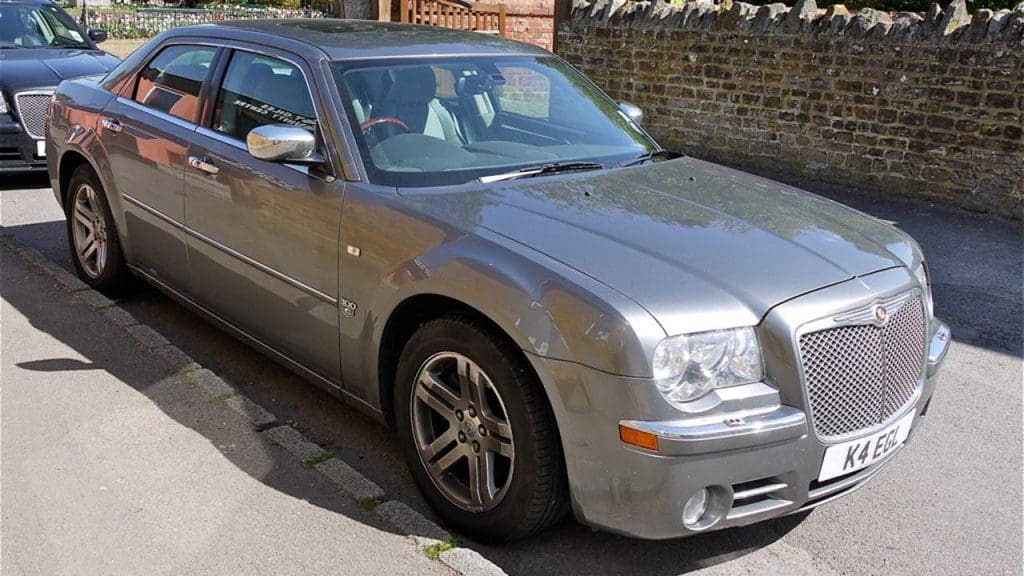
The Chrysler 300, with its bold design and powerful performance, has been a staple in the full-size sedan segment. However, the shift towards SUVs and more efficient vehicles has diminished its appeal. Chrysler’s focus on future electric models further highlights the decline of traditional sedans like the 300. This evolution in consumer preferences underscores the automotive industry’s move towards sustainability and innovation.
12) Dodge Journey
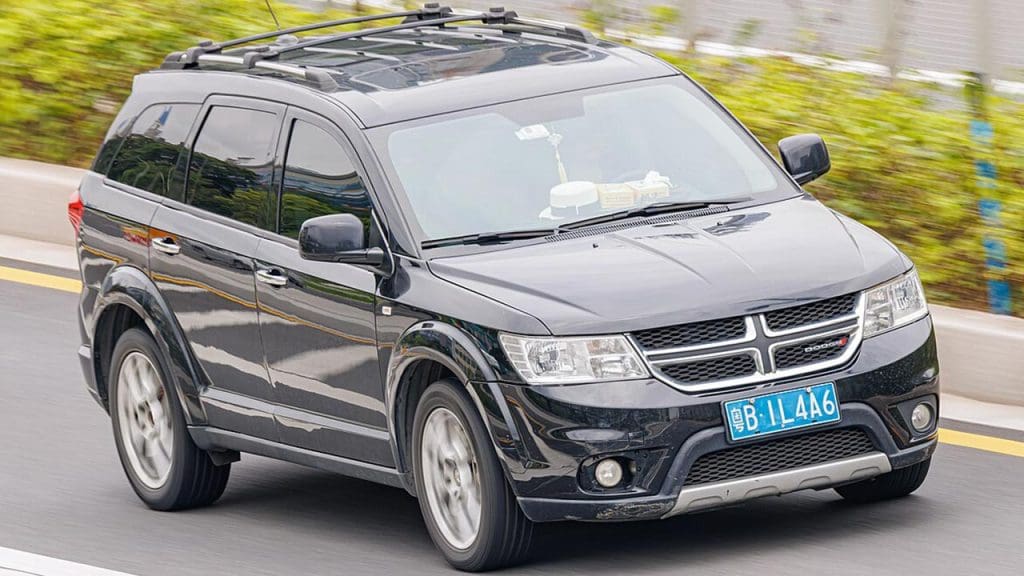
The Dodge Journey, a versatile SUV, has struggled to keep up with the rapid advancements in the automotive sector. As consumers demand more advanced technology and efficiency, the Journey has been left behind. Dodge’s strategic shift towards performance-oriented and electric vehicles signals the end of the Journey’s era. This transition highlights the importance of innovation and adaptation in the ever-evolving automotive market.
To learn more about the ongoing transformation in the automotive industry, visit Carscoops or explore discussions on Quora.